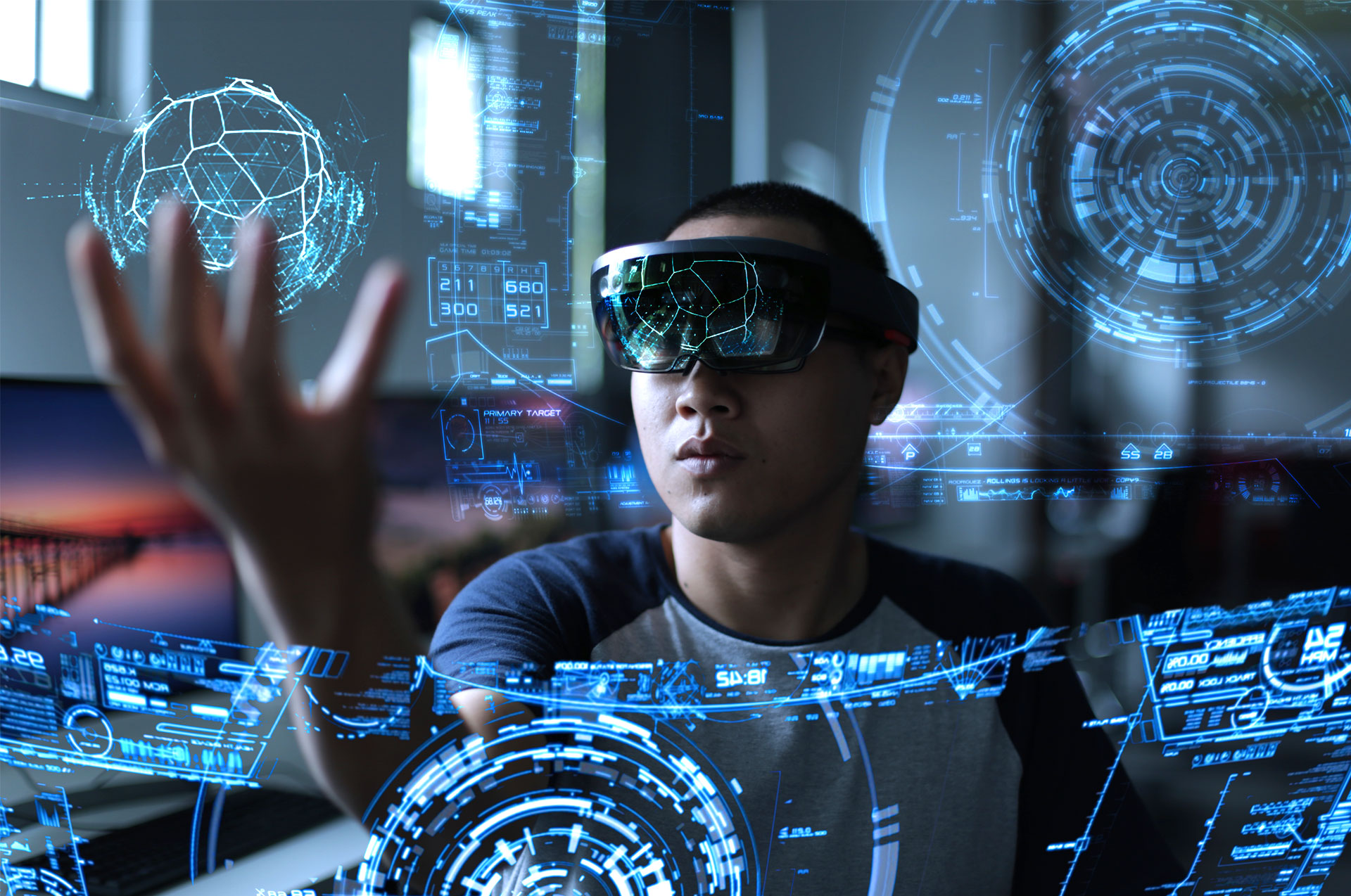Technology has forever changed the way we live, but it’s far from done. We’re living in an exciting time right now, where science fiction and future technologies are rapidly becoming reality. Let’s take a look at some of the most incredible technology we can expect to see in the future of tomorrow.
The first smart devices
More than 60 years ago, Bell Labs created the first ever transistor. Shortly after, in 1958, Jack Kilby and Robert Noyce independently invented microchips. After that was integrated circuits, followed by transistors and chips in 1971. Soon thereafter came calculators, then handheld devices like smartphones. But what’s next? In 2015 we saw sensors get smarter with embedded processing power and RFID tags embedded into everyday objects like toothbrushes or car fobs. Where will we be 50 years from now? Predicting technology advancements is a little tricky but looking at recent developments can give us a good idea of what might be in store for us just around the corner.
Natural User Interfaces (NUI)
We’re moving from a world where we interact with computers using keyboards and mice to one where we interact with them through natural user interfaces (NUIs). Natural user interfaces will allow us to interact with machines in a seamless manner that feels like we’re simply communicating with another human being. NUIs will be so intuitive, quick, and easy that they won’t just make our interactions more efficient; they’ll change what it means to compute entirely.
The Internet of Things (IoT)
At its core, IoT is about linking devices—like sensors and smart phones—to an online network. But IoT goes far beyond that; it’s a blanket term that encompasses all sorts of ways to collect and analyze data from all kinds of sources. And what is that data good for? Well, pretty much everything: smarter cars, safer roads, better energy grids, healthier populations. In fact, we’re already seeing many real-world examples of how IoT will change our world over the next few years.
Autonomous Vehicles
There are a lot of technologies on their way to becoming commonplace in our lives. Virtual reality, artificial intelligence, robotics—the list goes on and on. None seem more promising than self-driving cars, which will transform how we travel. Imagine heading out for dinner, spending time with your family or going to an event without having to do any driving whatsoever? That’s going to be a very real possibility in just a few years’ time; by 2021, self-driving cars could make up 25% of all new car sales in America. There are already several companies working on perfecting these vehicles so that they can hit roadways and significantly reduce traffic accidents as well as individual car ownership.
Artificial Intelligence
In a nutshell, AI is about computers that can mimic human behavior. That’s it, but in practice it means an awful lot more than that. AI can involve anything from self-driving cars to robotic vacuum cleaners and moving beyond technology: AI is currently being used to diagnose cancer and manage stock portfolios, among other things. As society races towards a robot-filled existence, it’s important to have a basic understanding of how we got here—and where we’re going next. Here are some terms to help you understand what artificial intelligence really means
Virtual Reality (VR) and Augmented Reality (AR)
AR has been around for years and is being used in many industries. It has recently exploded into consumer devices with Apple’s introduction of ARKit. Most tech companies are working on improving VR, or implementing it in new ways to make our lives easier. Augmented reality glasses are sure to take off in coming years as technology improves and consumers get more comfortable with wearing a device on their face, much like they do with smartwatches today. We haven’t yet reached a point where everyone can afford an AR or VR device but they are likely only a few years away from mass market viability and increased affordability.
Augmented Pets, Mice and Fish
The most visible technological advancements to come in 2015 will be devices that enhance our pets, mice and fish. We’ll have even more devices that let us know what our dogs, cats and fish are thinking and feeling (or not). If you’re wondering if your cat is really happy or just hungry, keep an eye out for new devices on store shelves that read your cat’s moods by his or her meows. The same goes for fish; maybe your goldfish is sick—and a blood test could tell you how well it’s metabolizing food? Or perhaps an alert will pop up on your iPhone when there’s a good fishing spot down at the end of Main Street?
